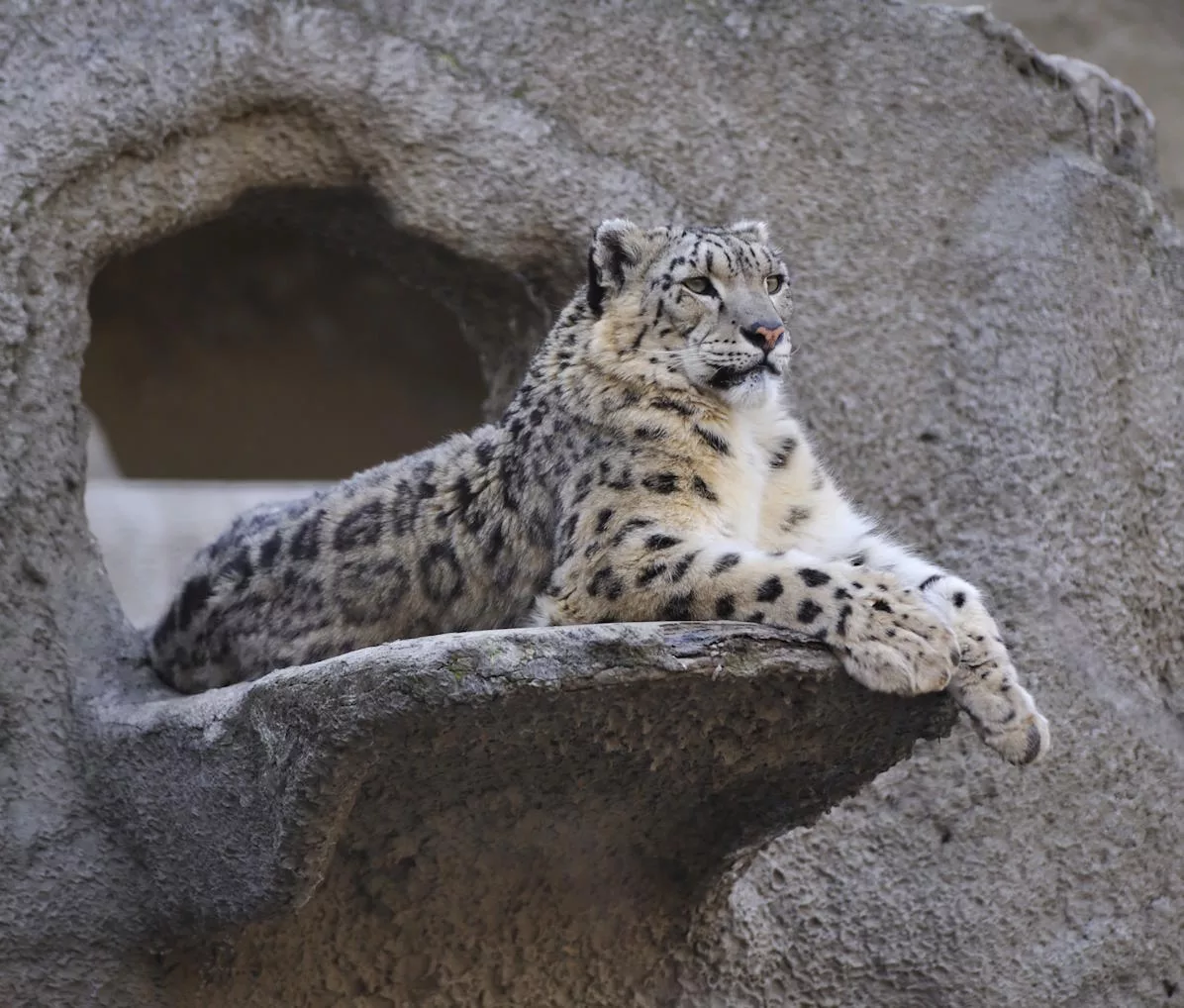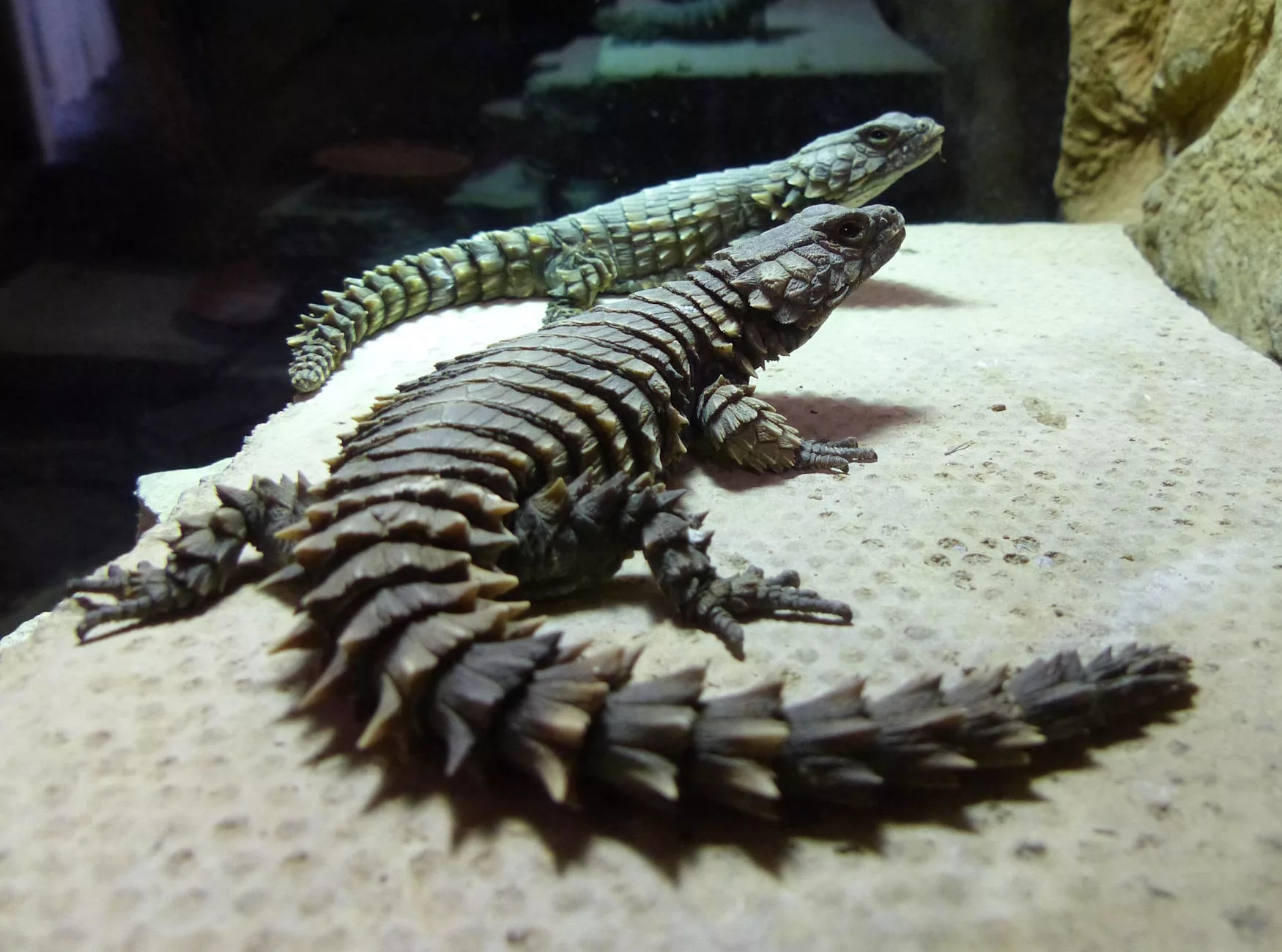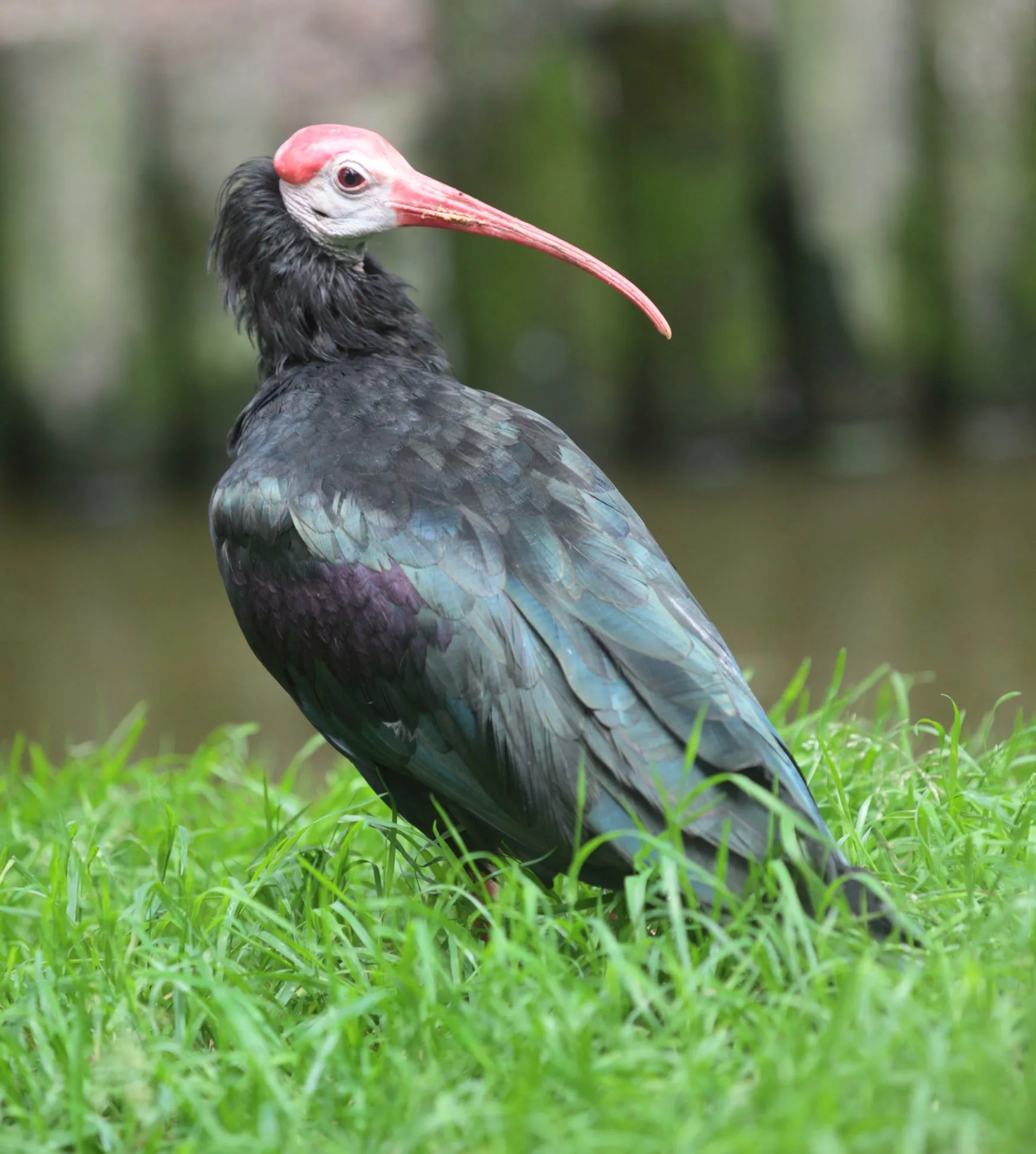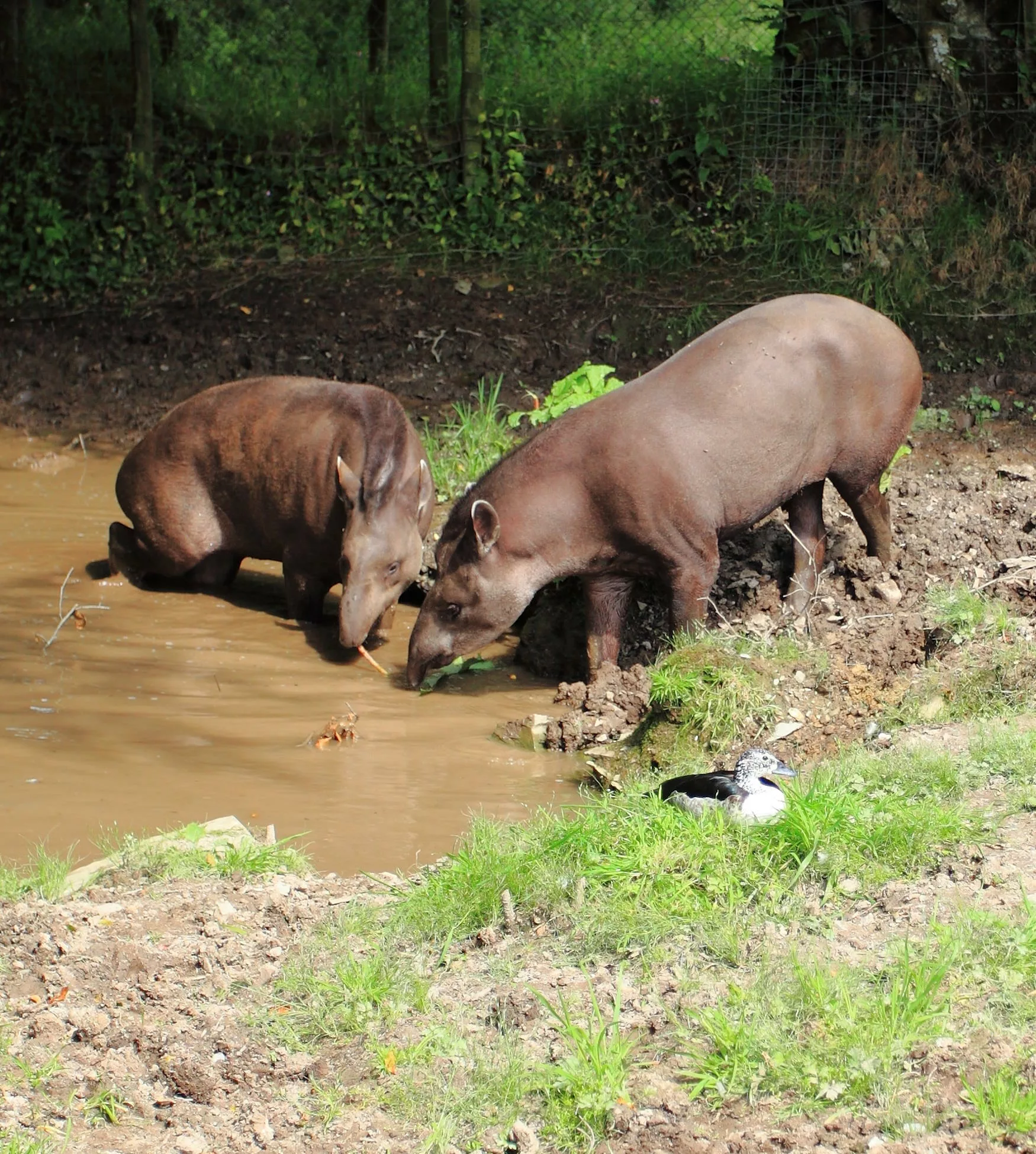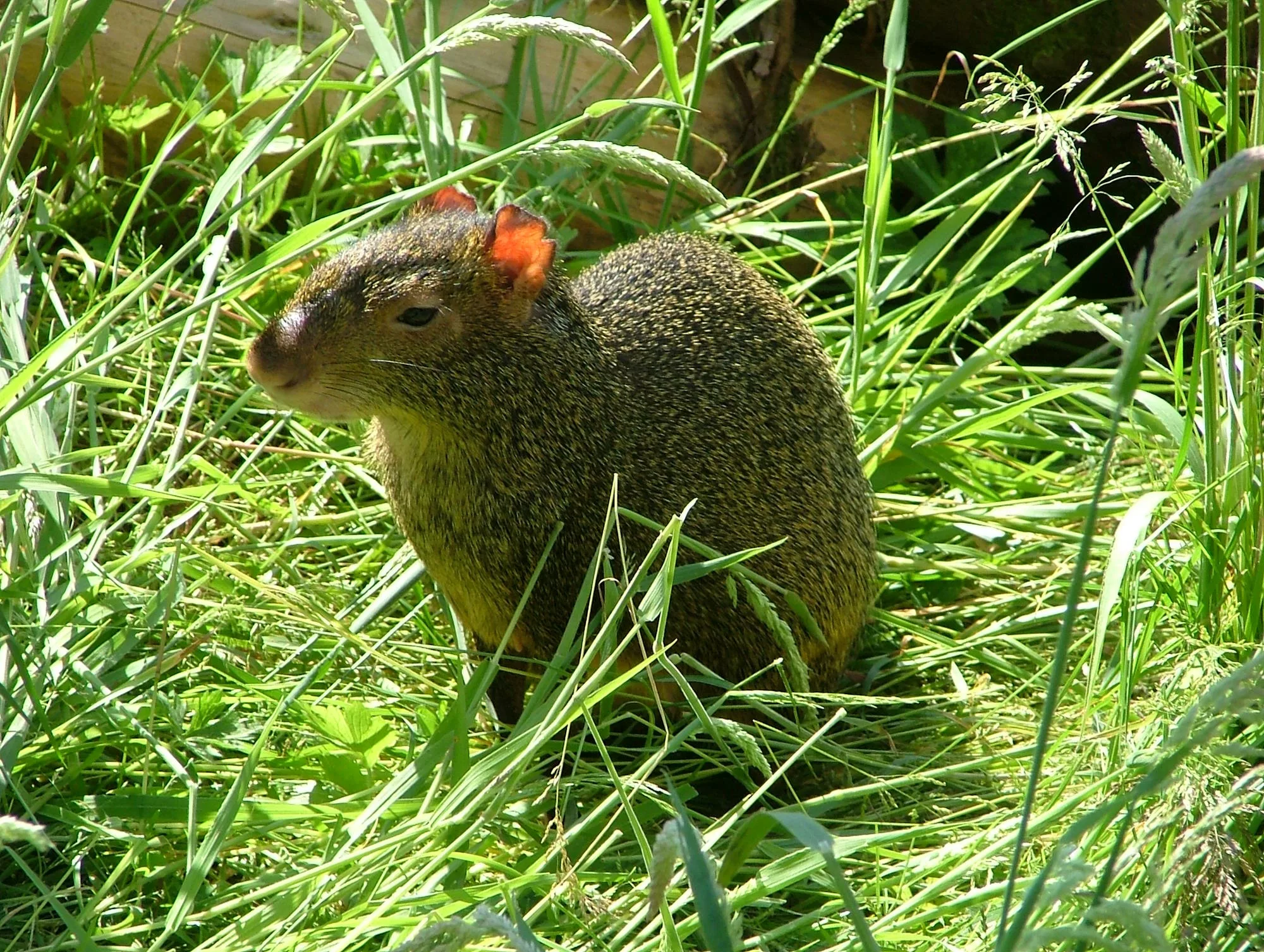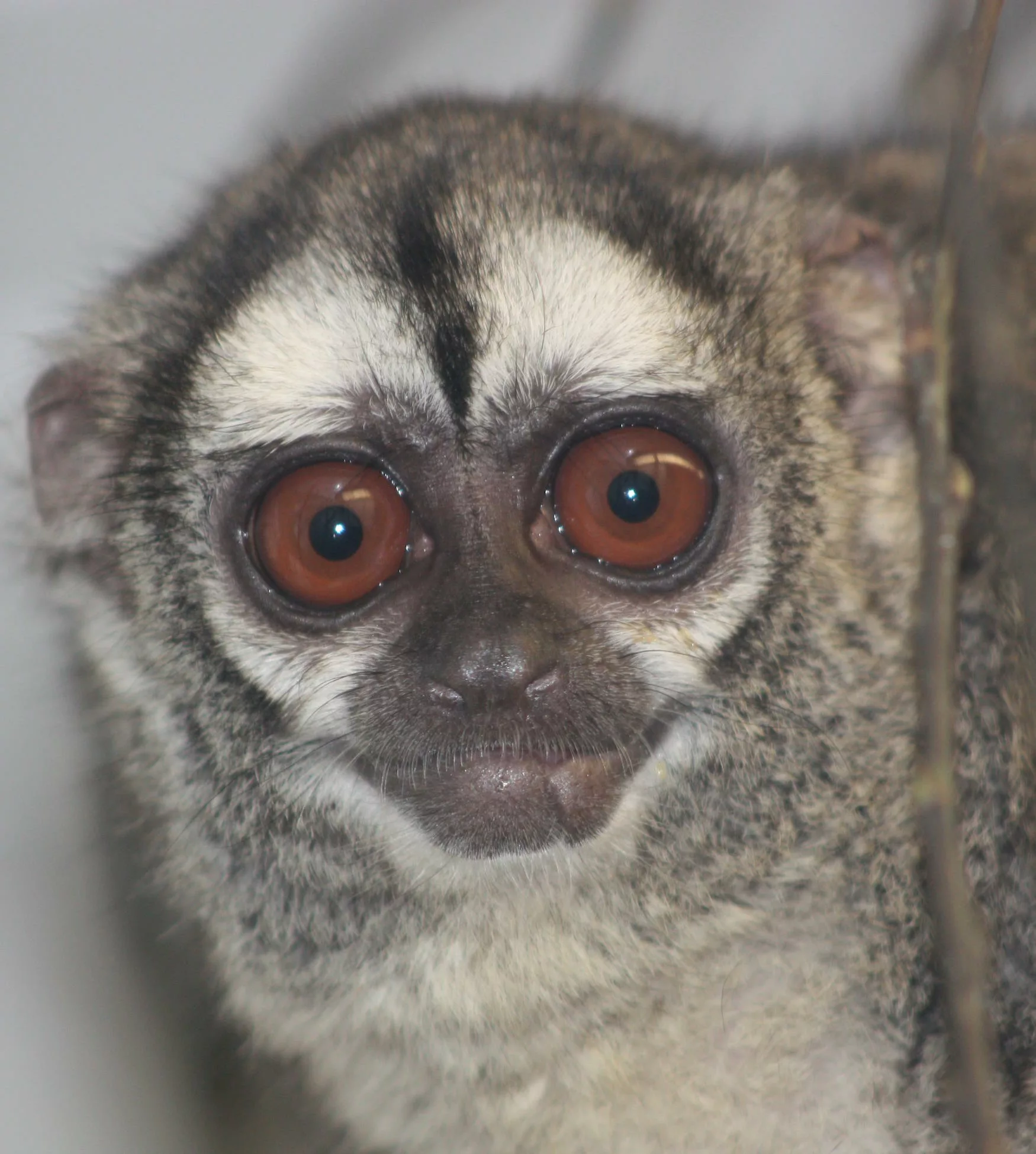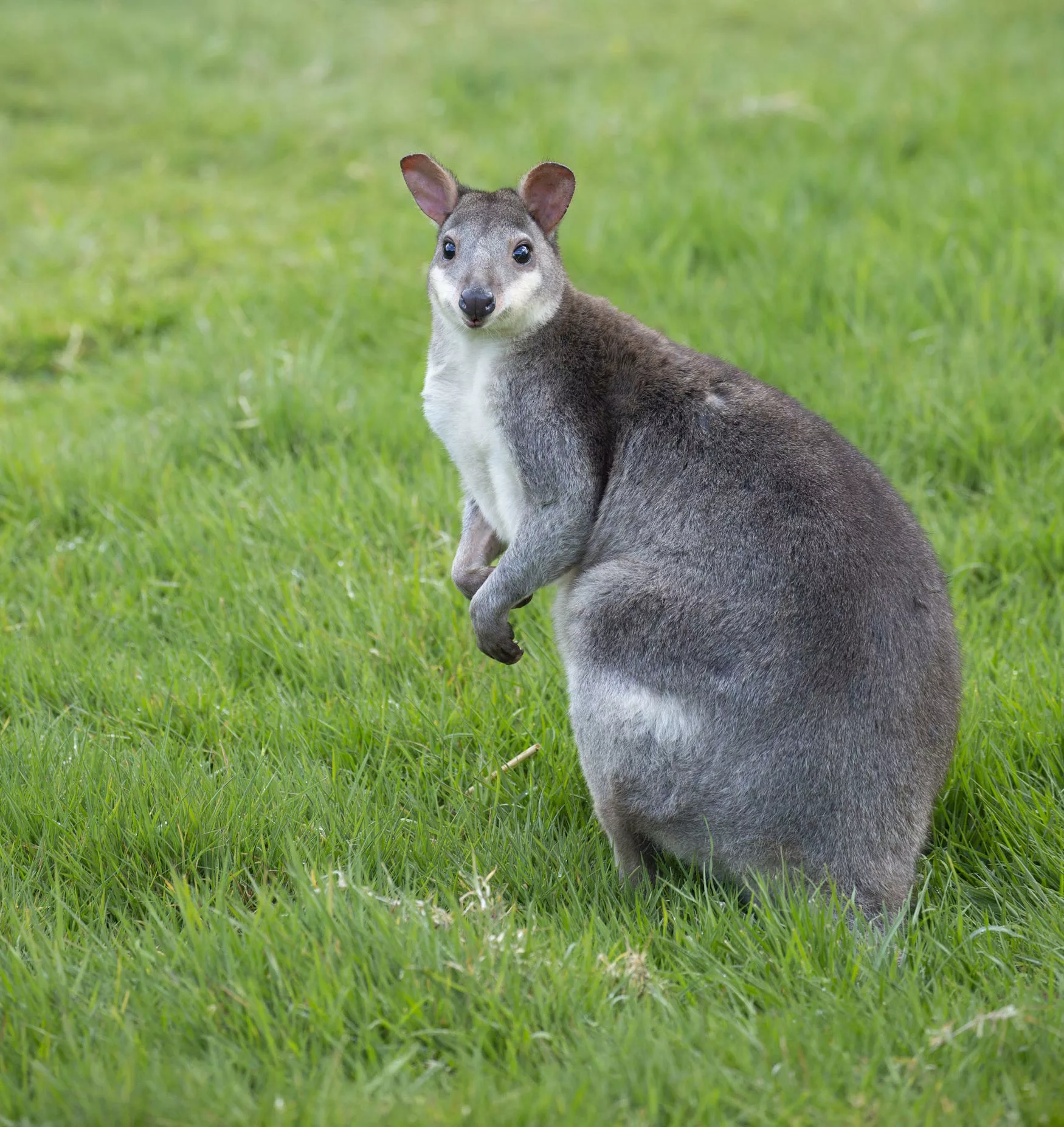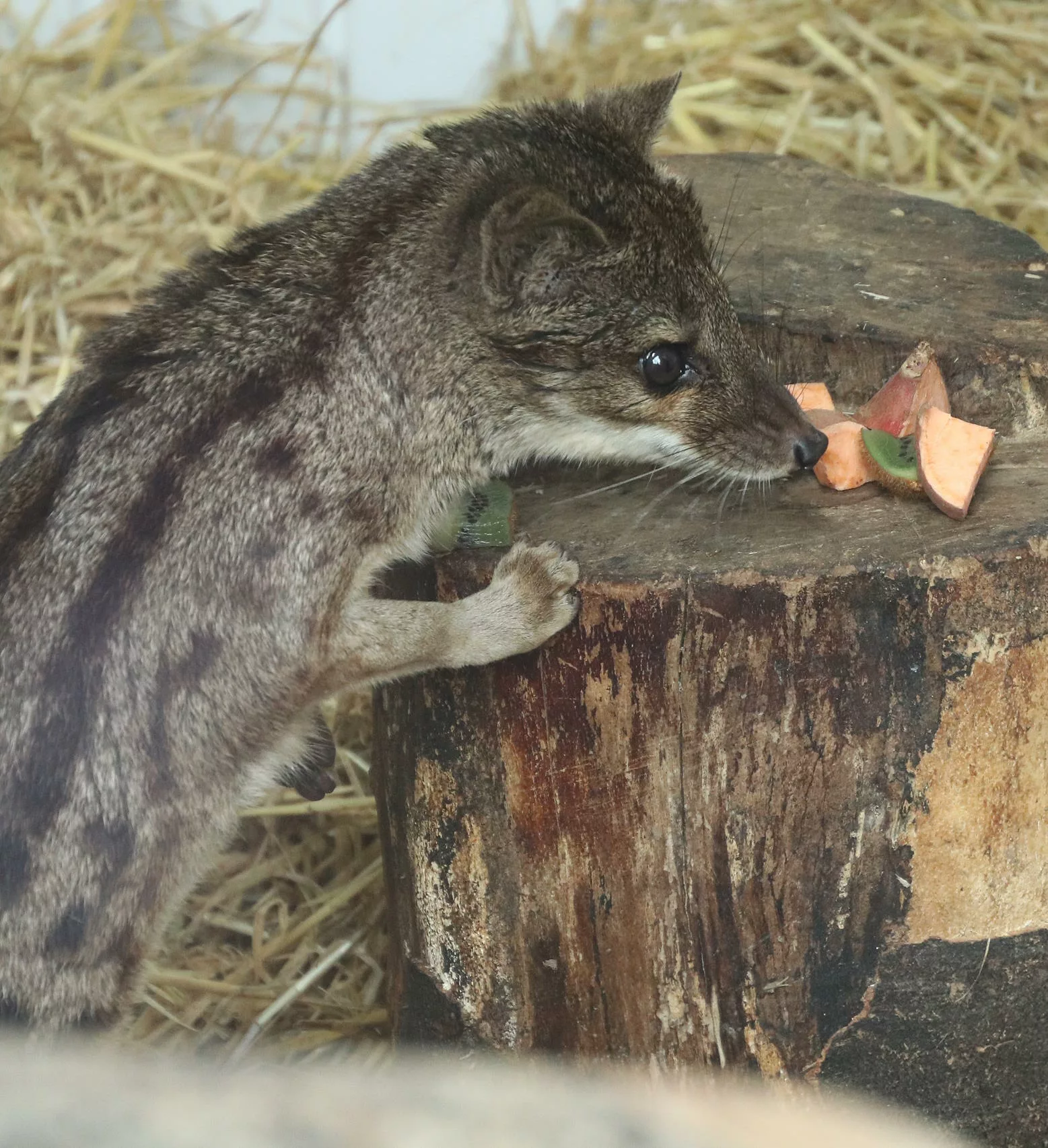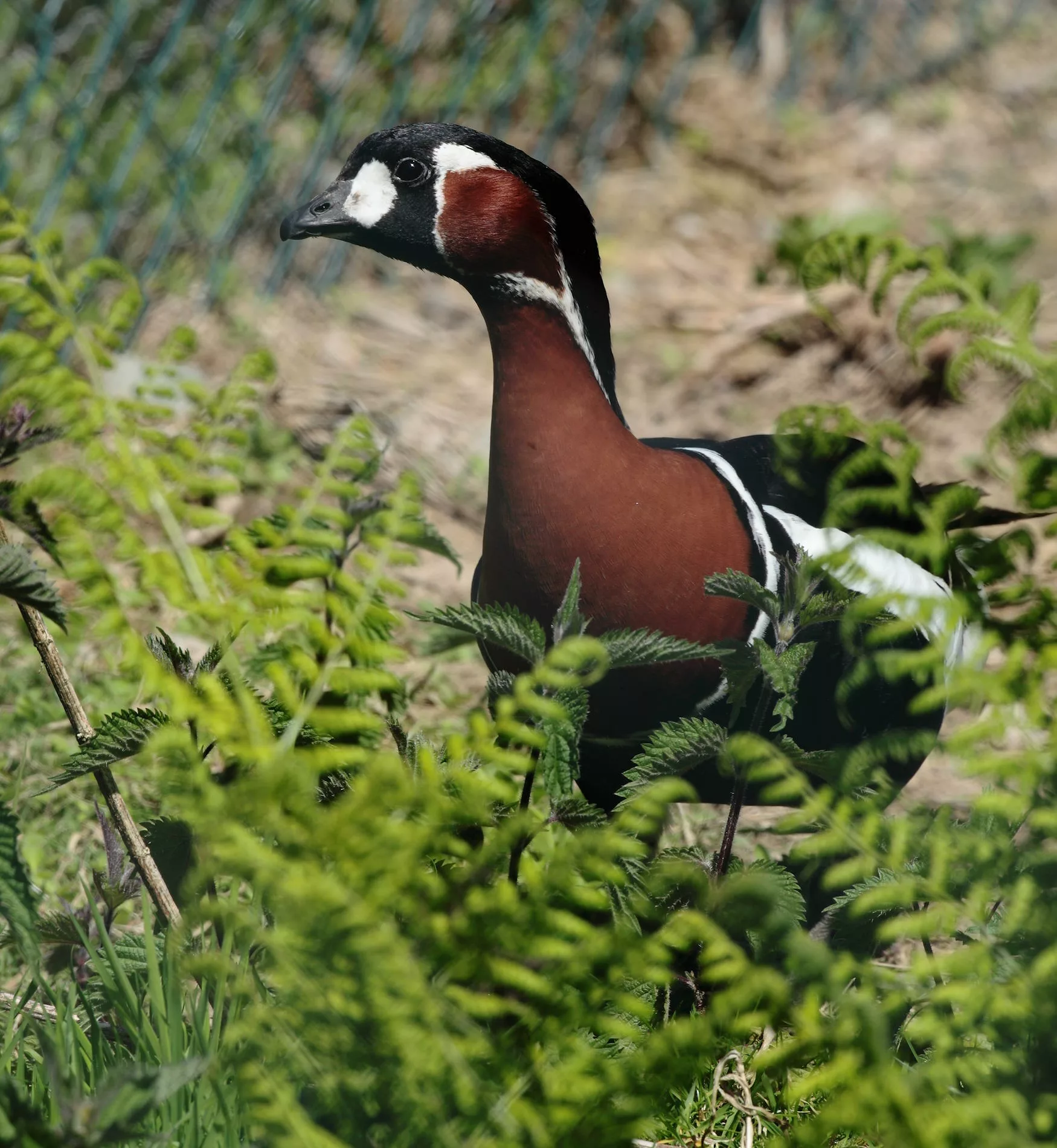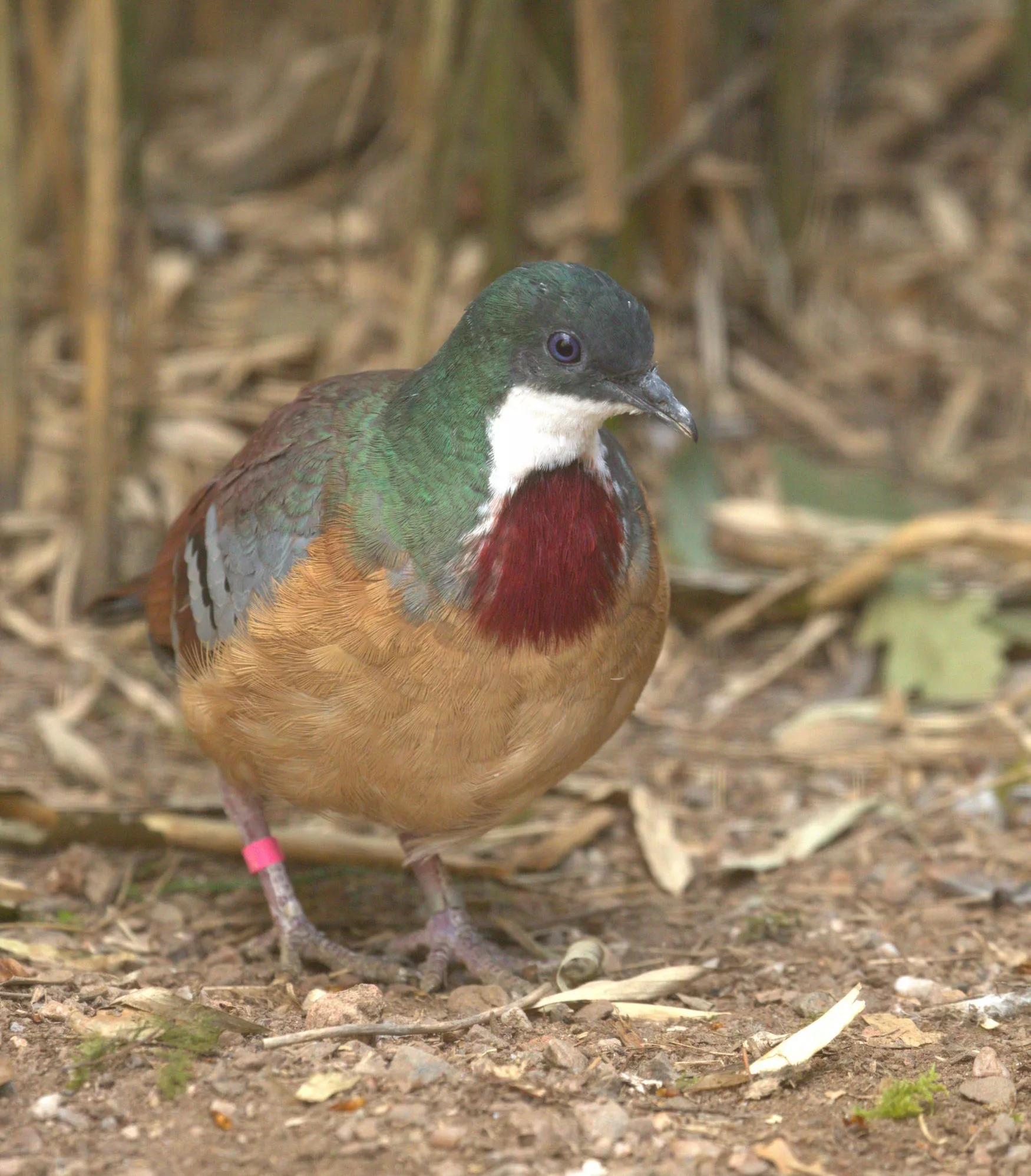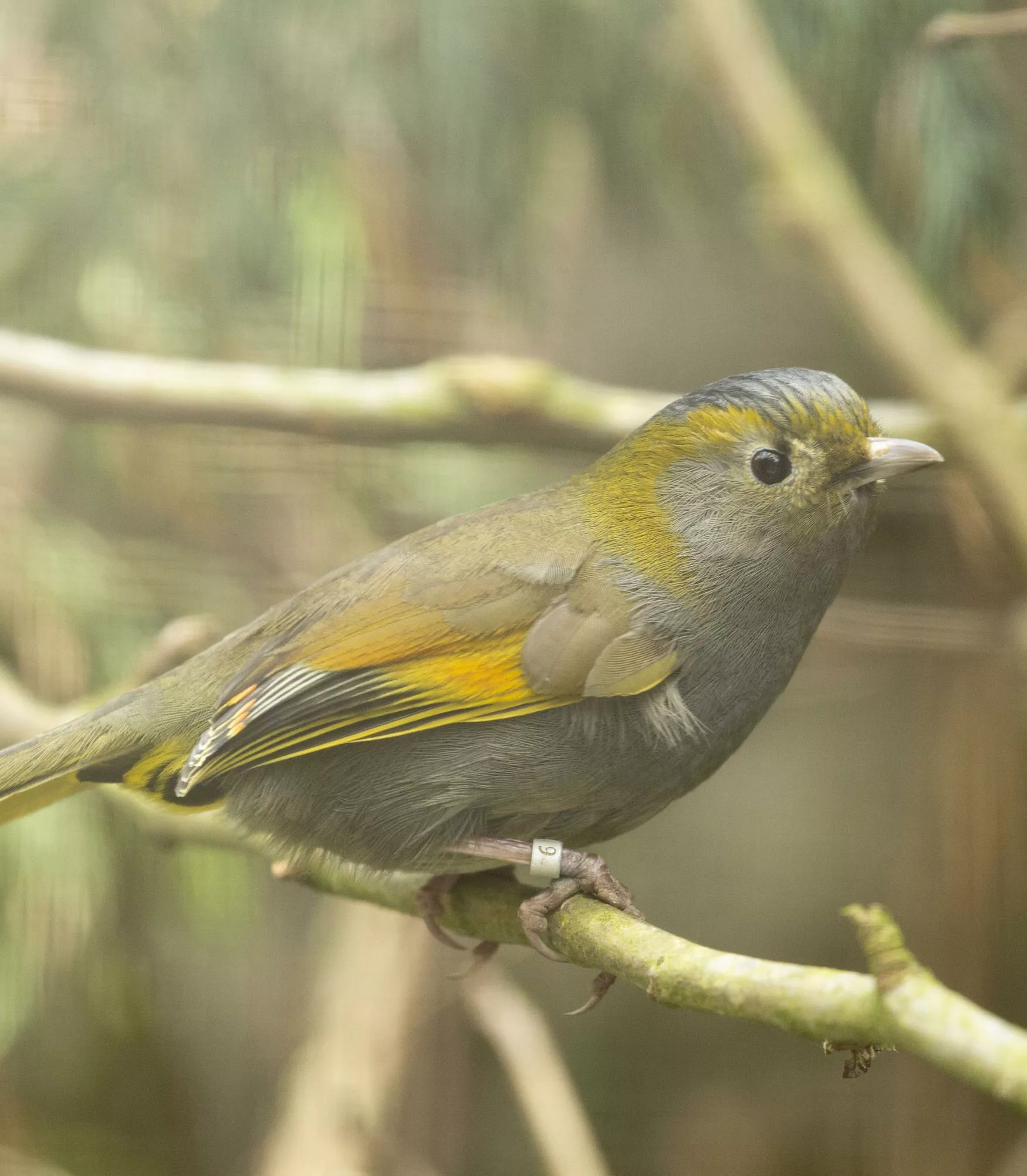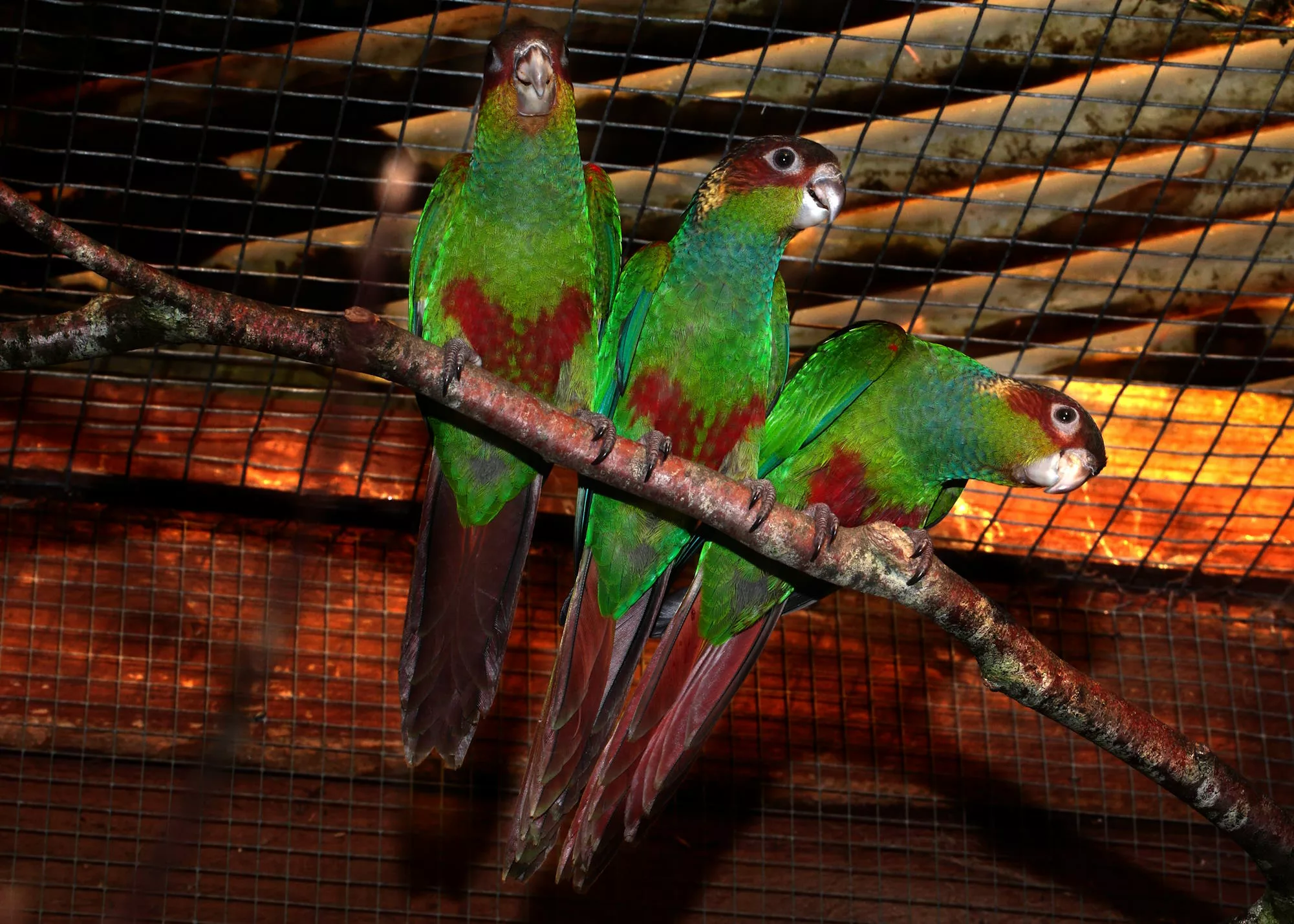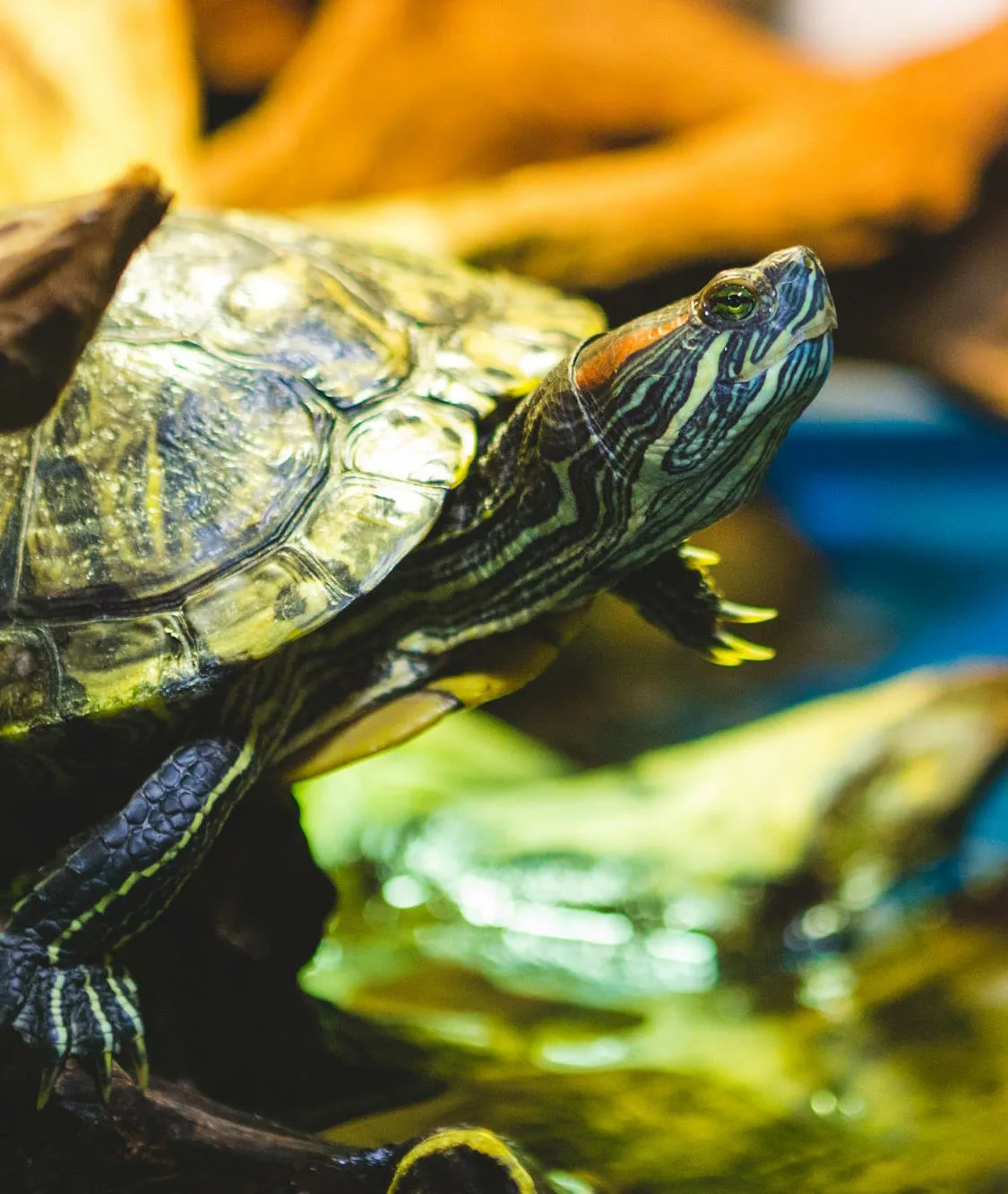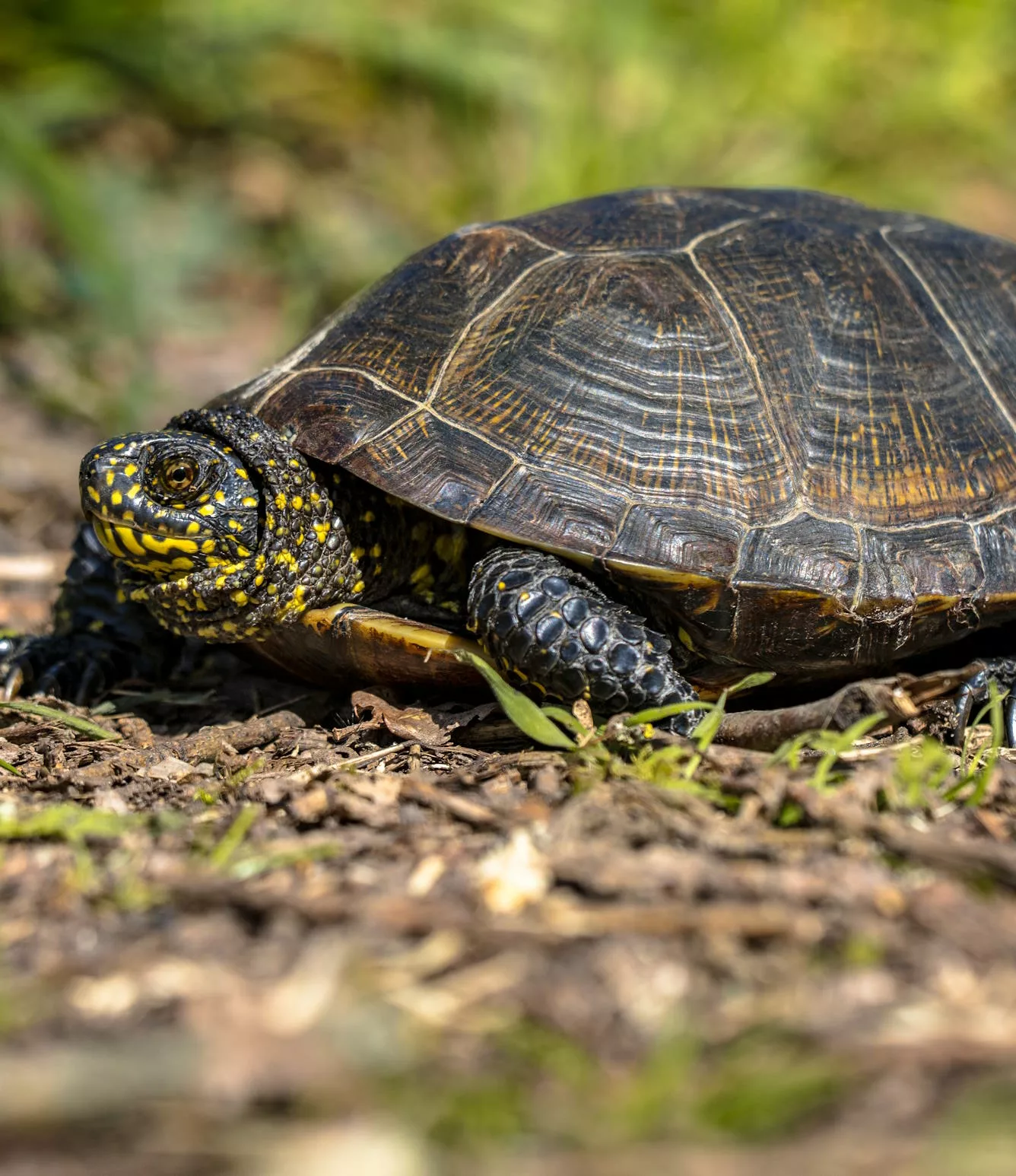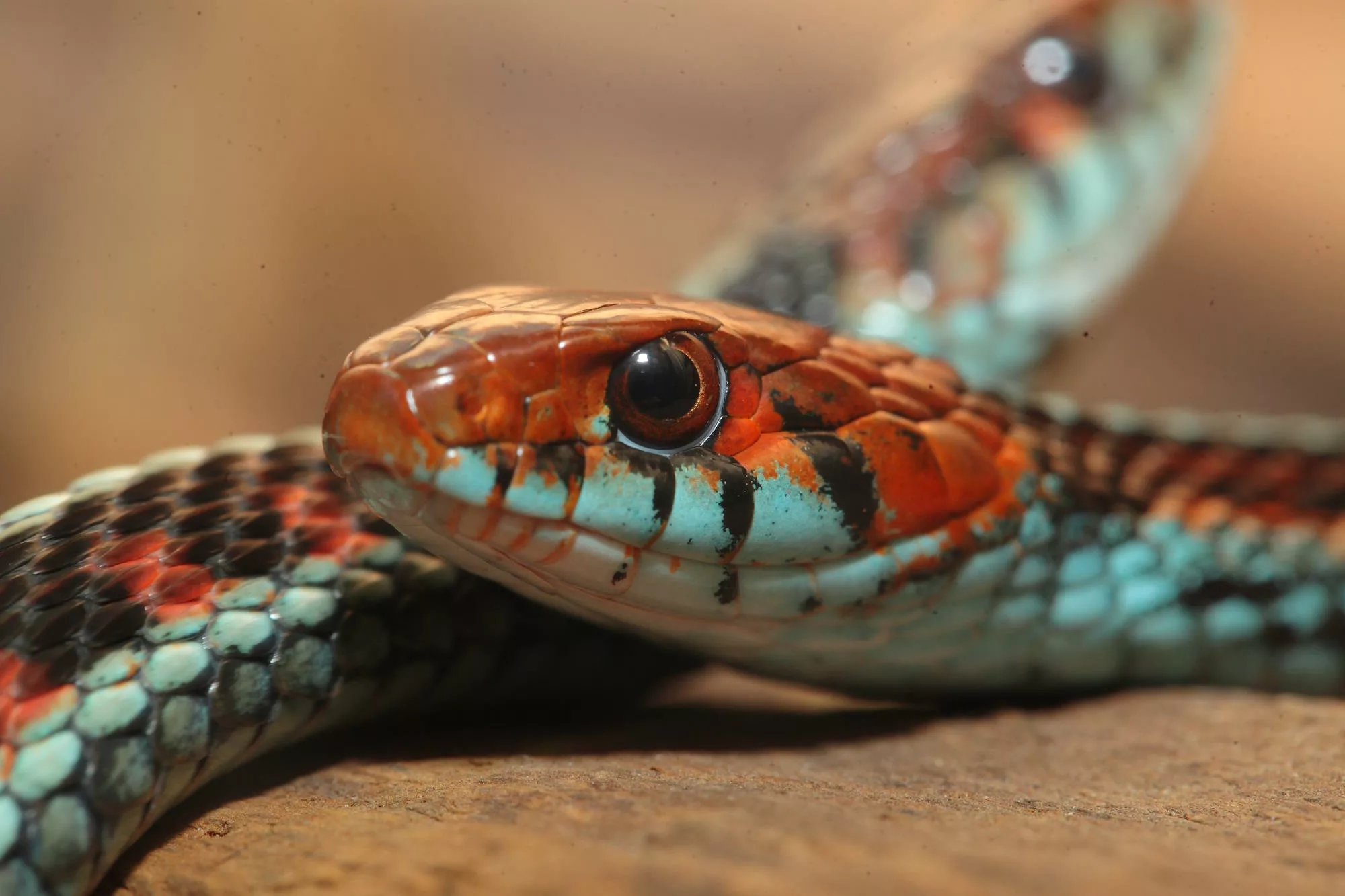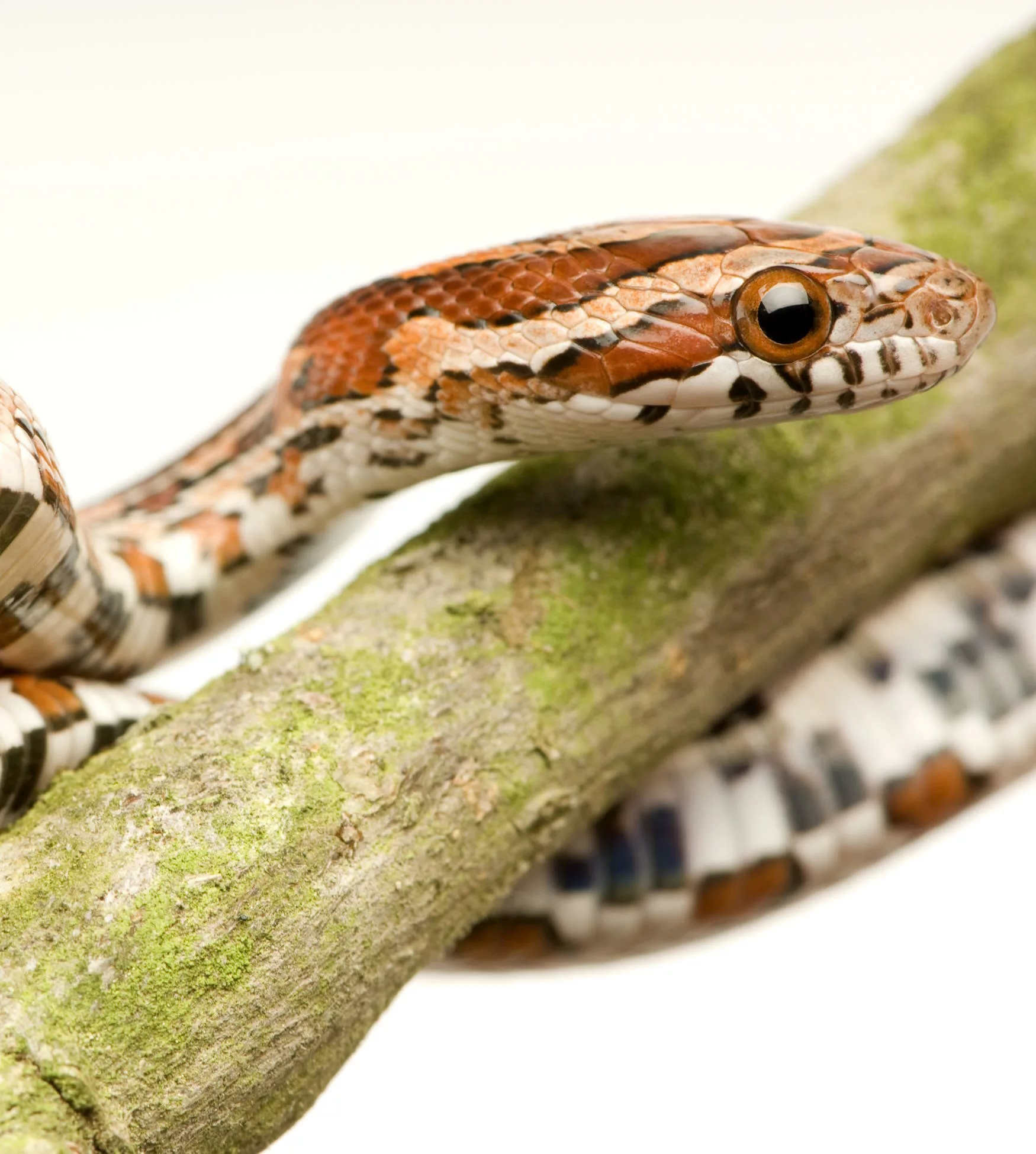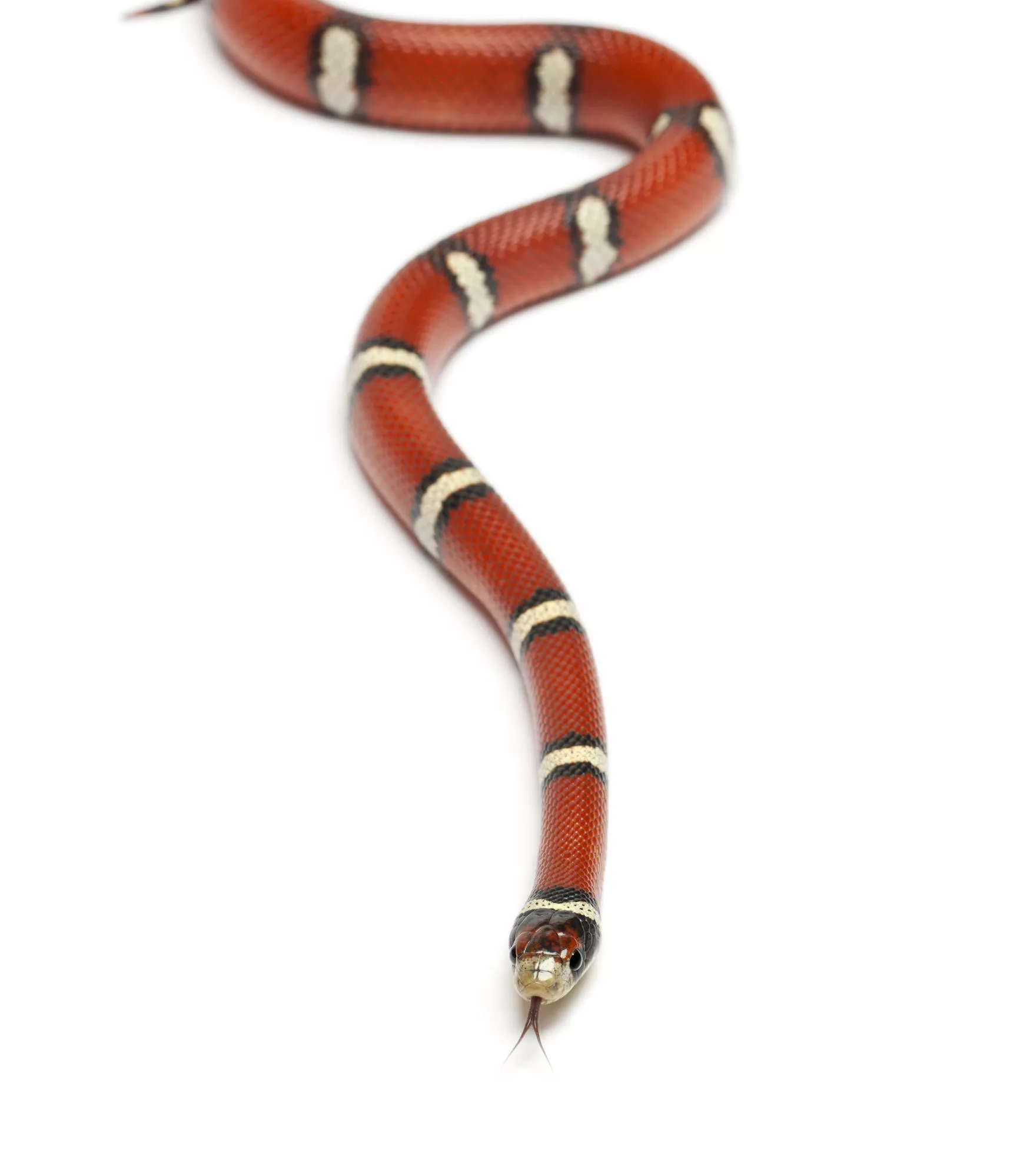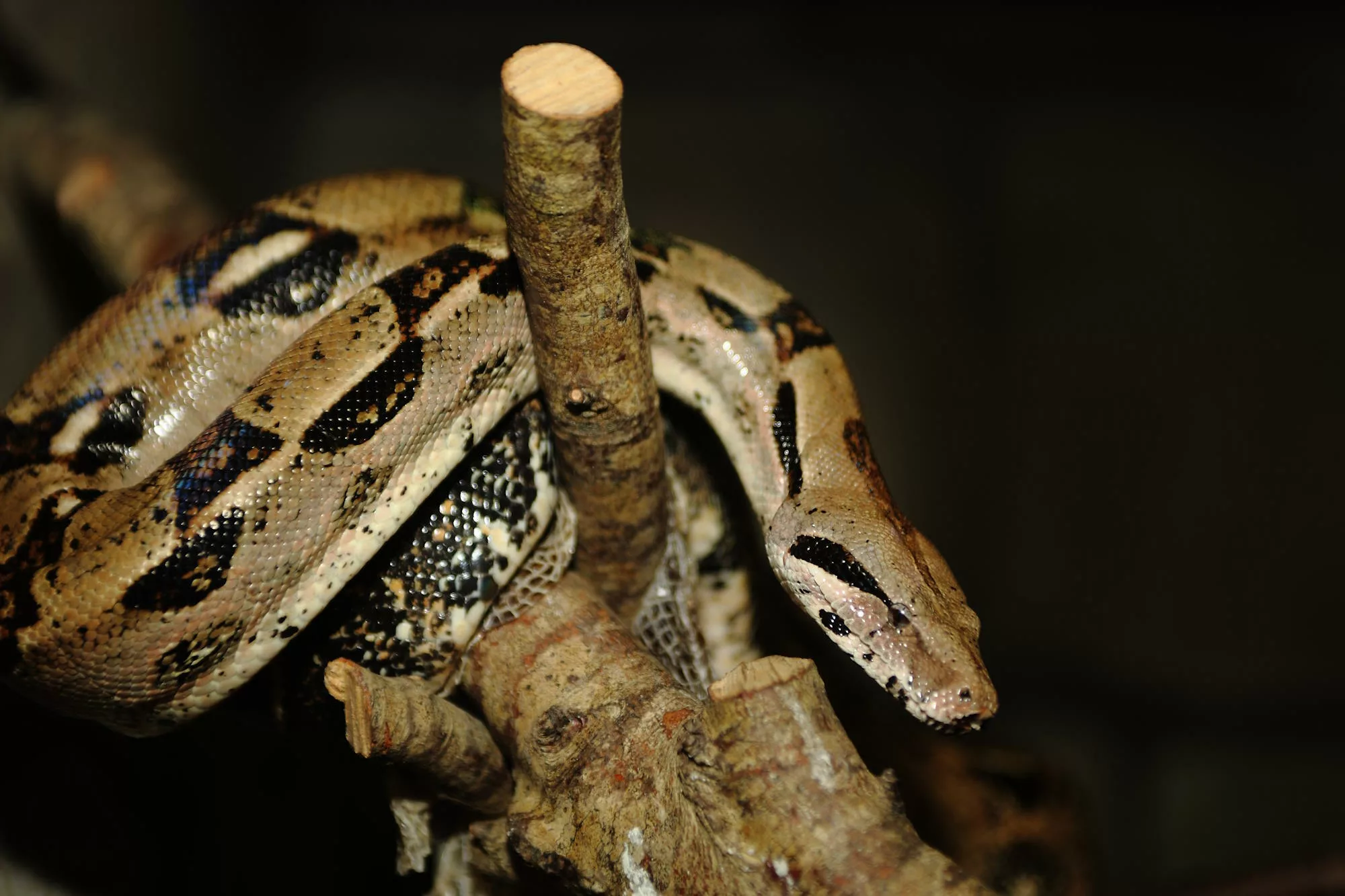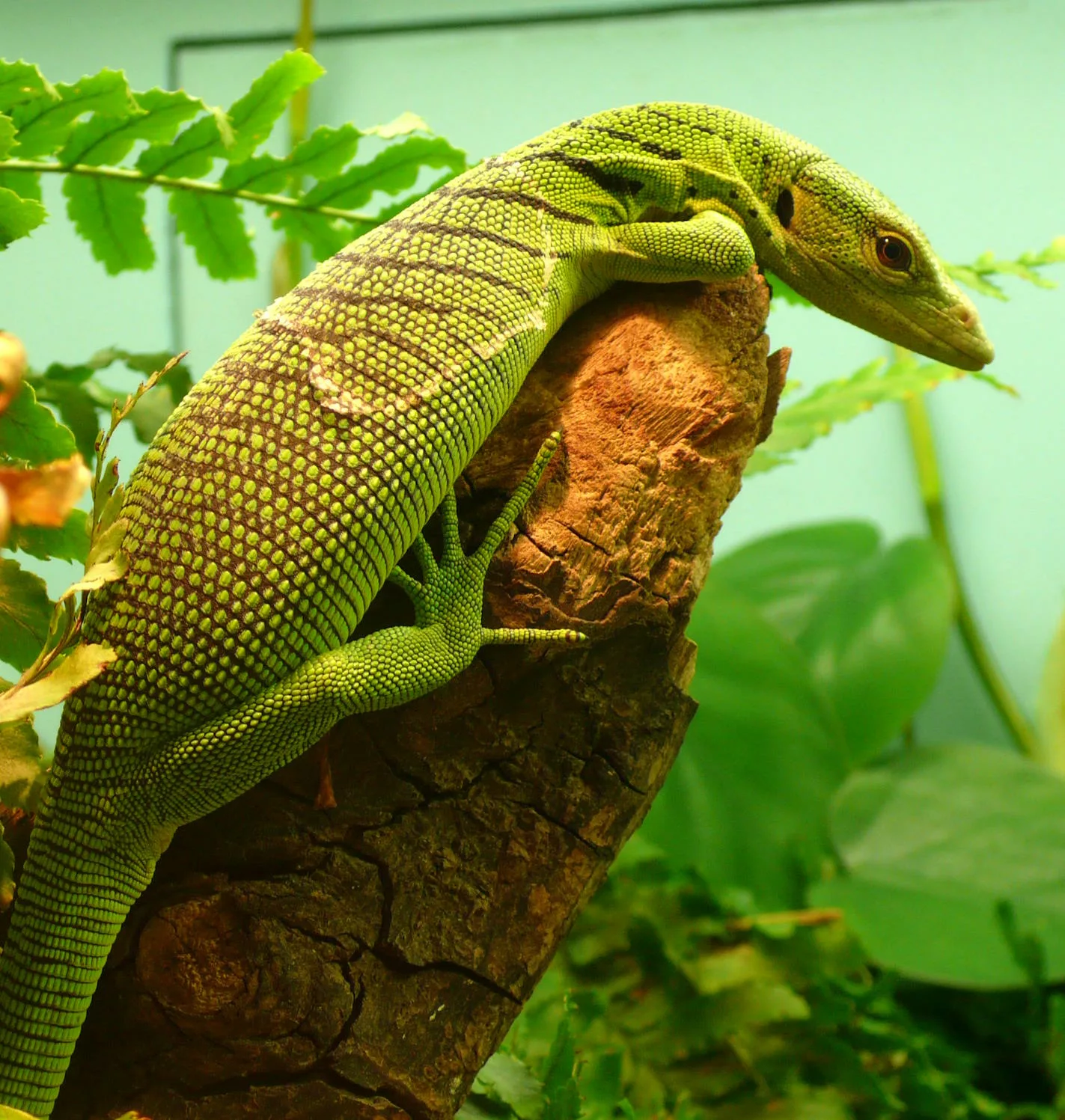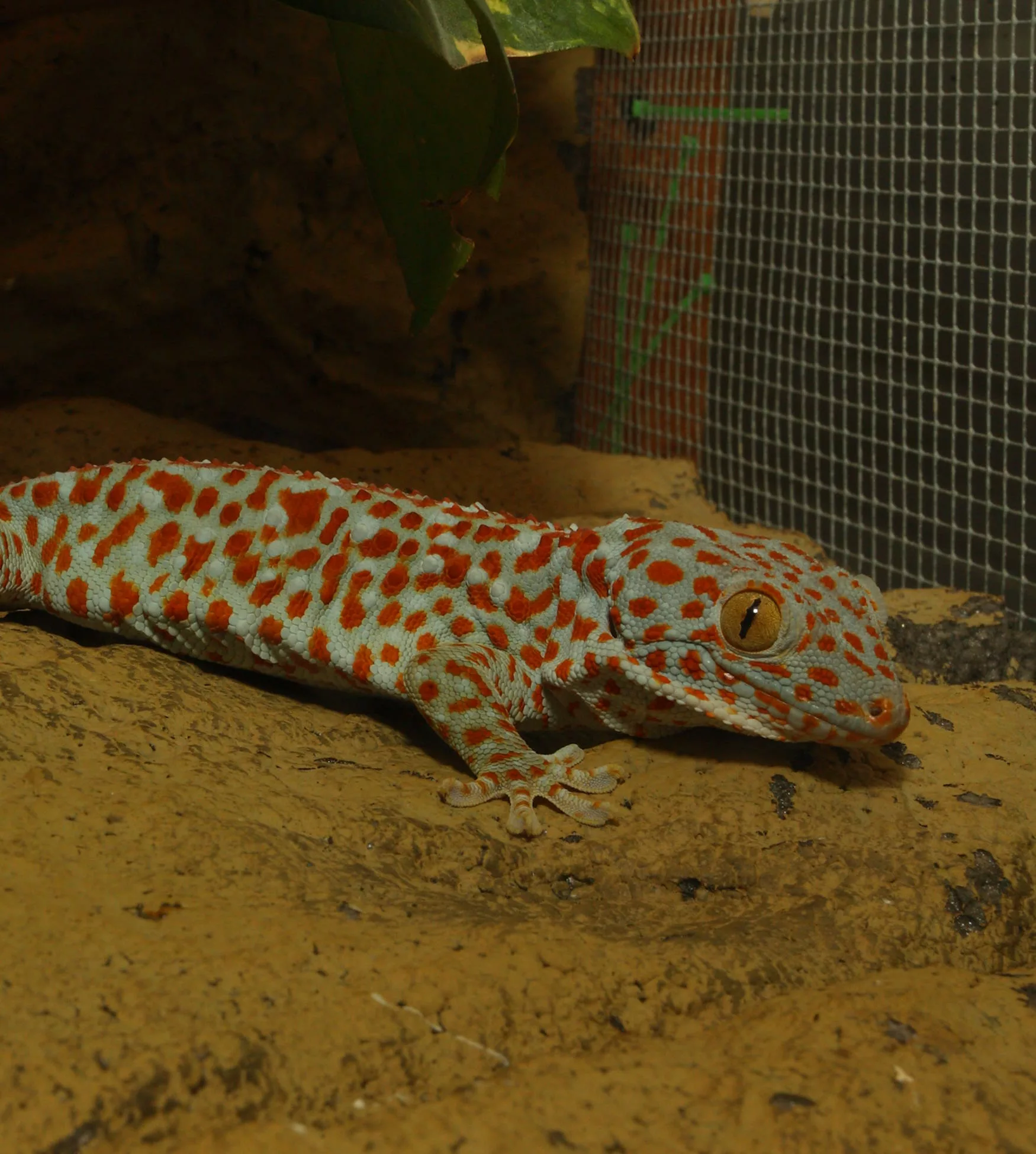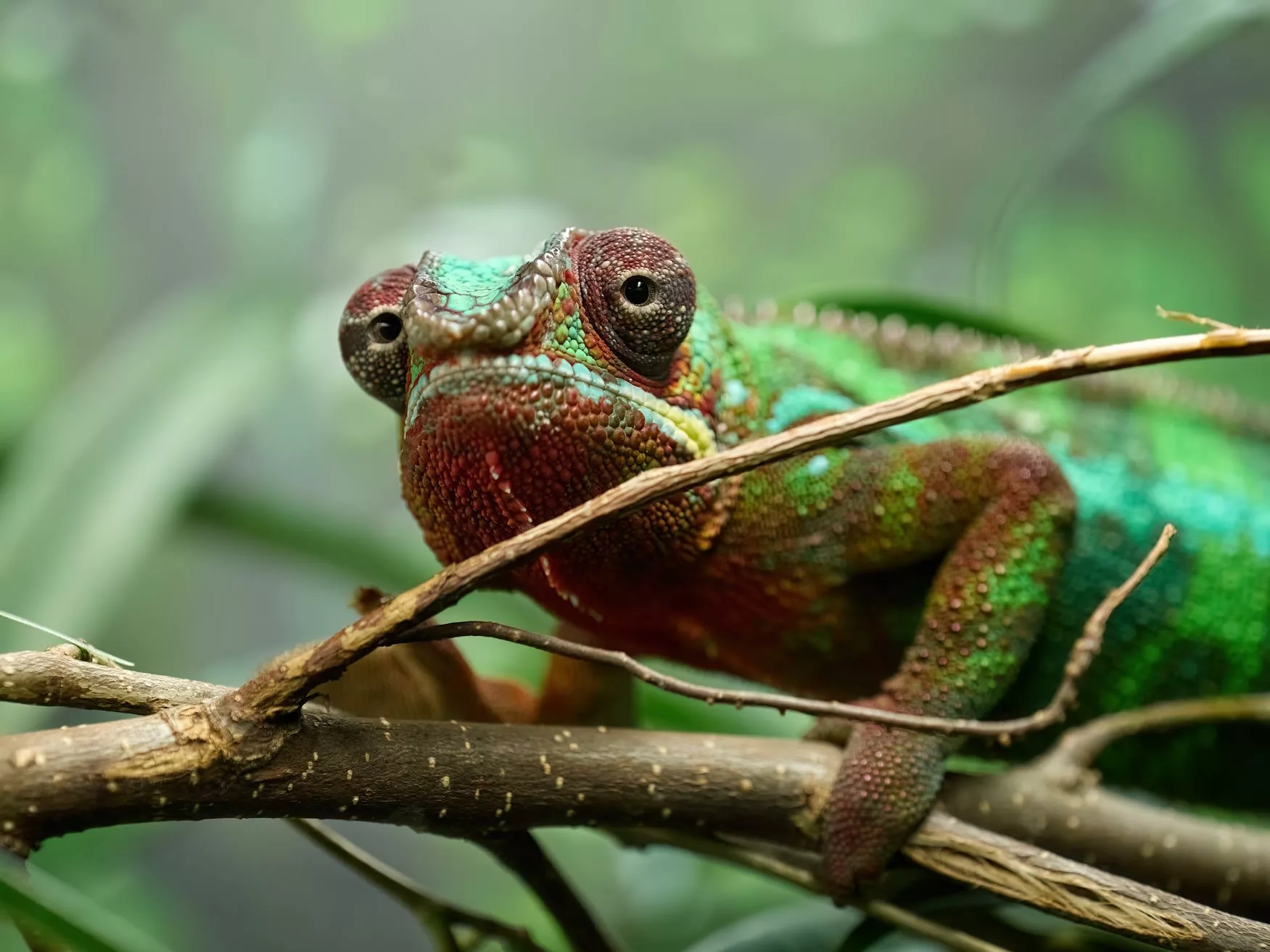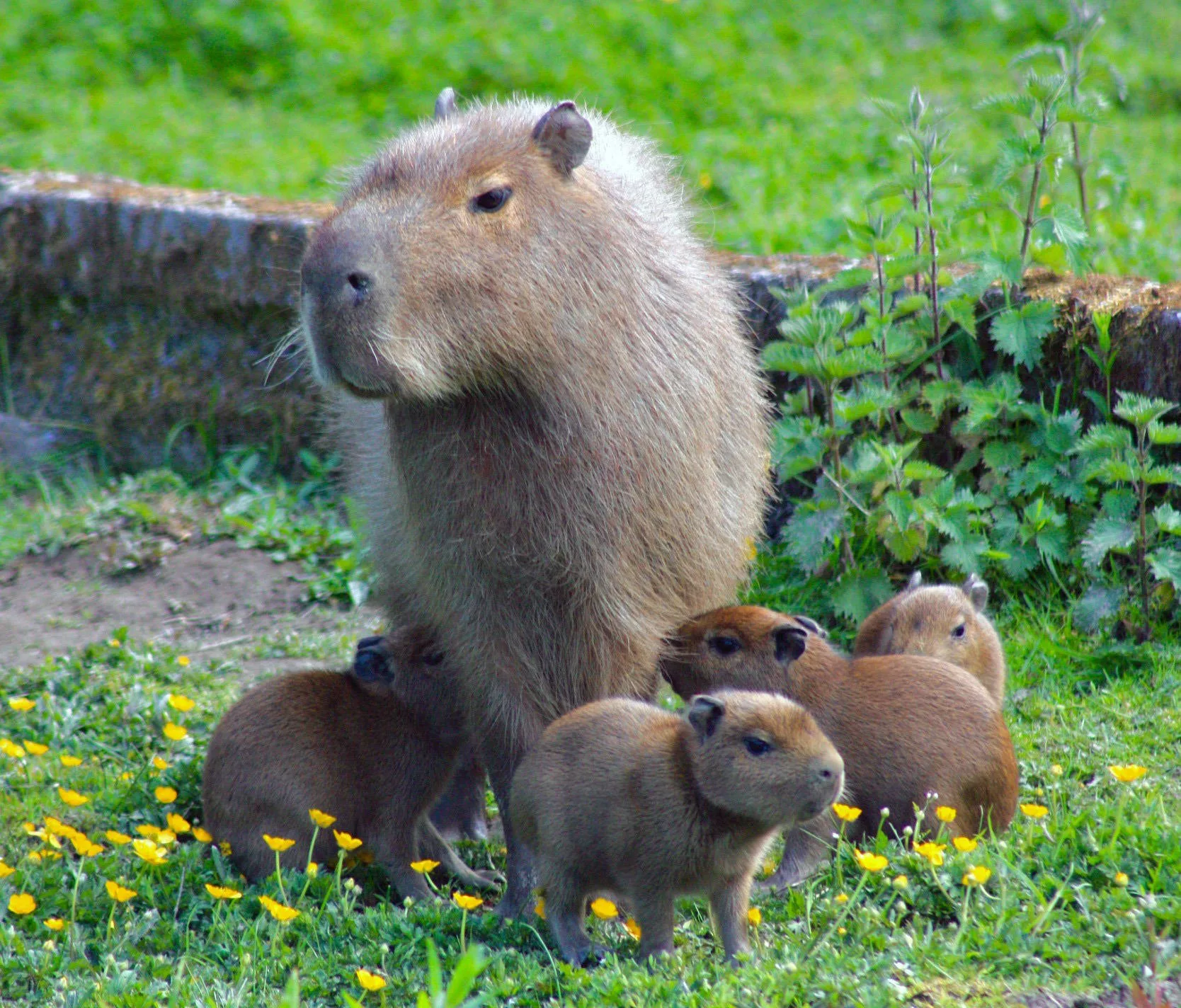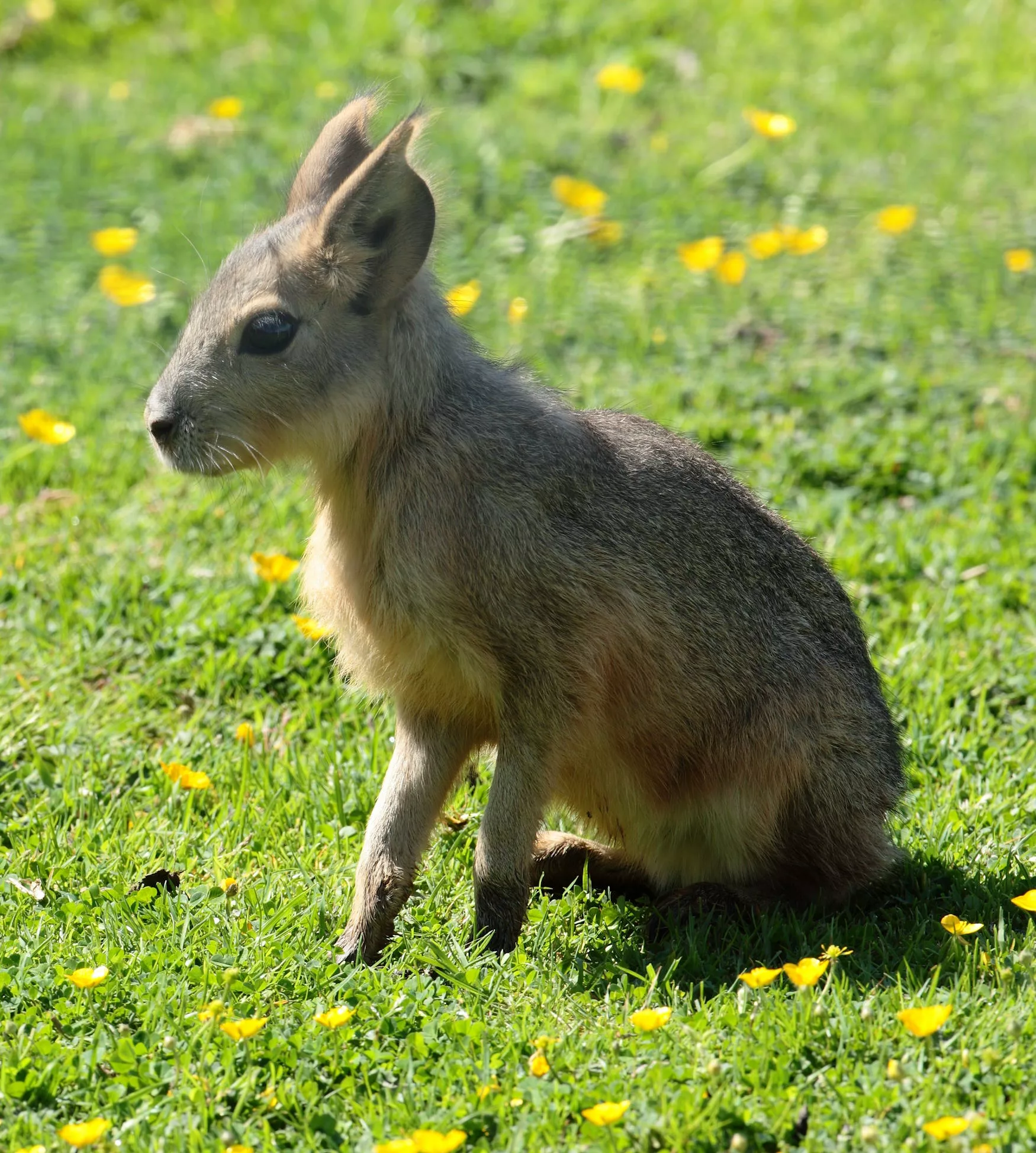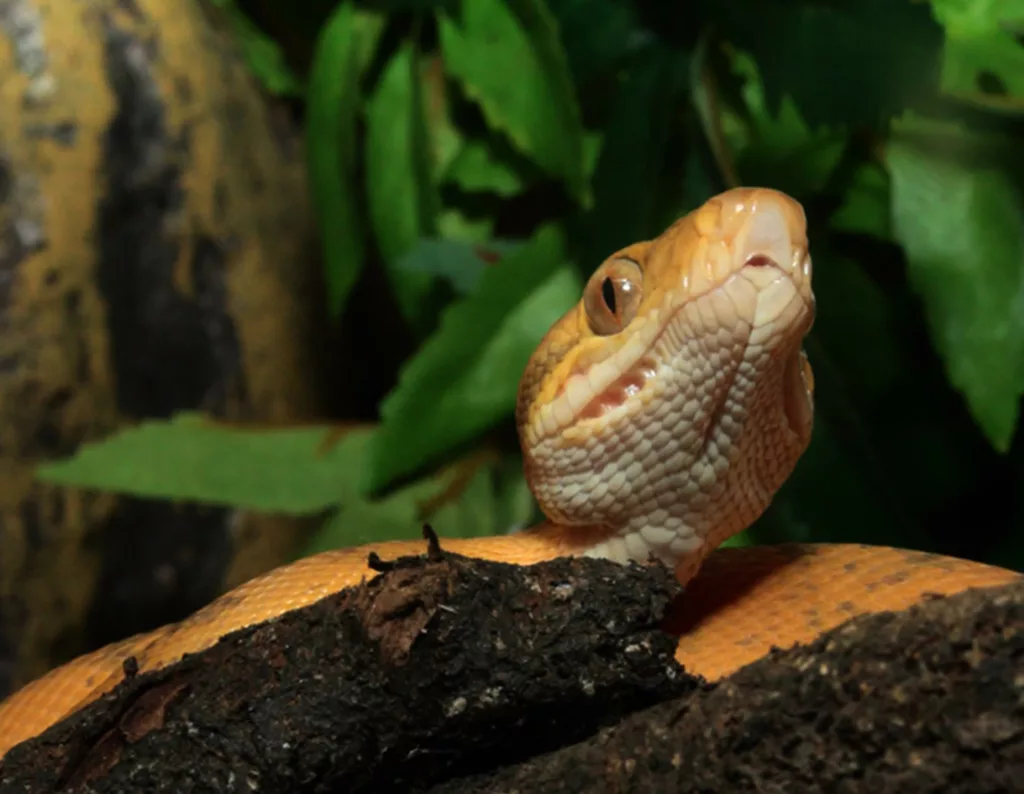
Garden tree boa
Scientific name: Corallus hortulanus
IUCN listed as: Least Concern
Learn before you visit!
Here are some facts about the species – Discover what they eat, find out about their natural habitat, see what they like to do, and more… Set the reading style to suit you too, everyday speak or something aimed towards children.
Child-friendly
Everyday
Diet
The Garden Tree Boa primarily feeds on a wide variety of vertebrates. This includes birds, small mammals, lizards, and amphibians. They use their long, sharp teeth to catch prey, often striking from a coiled position in the trees. These boas are ambush predators, waiting patiently for the right moment to strike. In captivity, they are typically fed mice, rats, and occasionally birds to mimic their natural diet.
Garden Tree Boas eat birds, small mammals, and lizards. They wait quietly in trees and then catch their food with quick strikes. In zoos, they are fed mice and birds to stay healthy. This helps them grow strong and stay active.
Breeding
Garden Tree Boas are ovoviviparous, meaning they give birth to live young rather than laying eggs. The female boa carries the developing embryos inside her body for about six to seven months before giving birth to a litter of 2-29 young. The breeding season can vary, often influenced by environmental conditions such as food availability and temperature. After birth, the young are independent and must fend for themselves immediately. This reproductive strategy helps ensure the young have a better chance of survival in the wild.
These snakes give birth to live babies, not eggs. The mother carries the babies inside her for six to seven months. She can have up to 29 babies at a time. Once born, the babies are on their own and must find food right away.
Habitat
Garden Tree Boas are found in a variety of habitats across the Amazon Basin, including rainforests, dry forests, and savannas. They are particularly associated with regions that have high humidity and dense vegetation, which provide ample opportunities for climbing and hunting. These boas are arboreal, spending most of their time in trees, but can also be found near rivers and streams. Habitat destruction due to deforestation poses a significant threat to their populations. Conservation efforts focus on preserving their natural habitats to ensure their survival.
These boas live in rainforests and other forests in the Amazon. They love high humidity and lots of trees. They can also be found near rivers. Protecting their homes from deforestation is very important to keep them safe.
At the zoo
In zoos, Garden Tree Boas are kept in enclosures that replicate their natural rainforest habitats. These enclosures include ample climbing structures, vegetation, and humidity control to ensure their well-being. Zoos play a crucial role in the conservation and study of these boas by providing a controlled environment for research and education. They also help raise public awareness about the species and the importance of habitat conservation. Proper care in captivity includes a diet similar to their natural food sources, regular health checks, and environmental enrichment.
In zoos, Garden Tree Boas live in habitats that look like rainforests. They have lots of branches to climb and places to hide. Zoos help people learn about these snakes and how to protect them. They are well cared for with good food and a safe environment.
Behaviour
Garden Tree Boas are primarily nocturnal and arboreal, meaning they are active at night and live in trees. They are solitary animals, only coming together during the breeding season. Their behaviour includes ambushing prey from tree branches and using their infrared sensitivity to detect warm-blooded prey at night. These boas are known for their irritable temperament and are quick to bite if threatened. Understanding their behaviour is crucial for providing proper care in captivity and for conservation efforts in the wild.
Garden Tree Boas are active at night and live in trees. They are usually alone and only meet others to mate. They wait in trees to catch their food and can see heat to find prey. They can be grumpy and quick to bite if disturbed.
Fun facts
- Colour Variations: Garden Tree Boas come in many colours like red, yellow, and brown.
- Infrared Vision: They can see heat, which helps them hunt at night.
- Long Teeth: They have long teeth to catch flying prey.
- Live Birth: They give birth to live young instead of laying eggs.
- Arboreal: They spend most of their lives in trees.
- Colourful Snakes: These snakes can be red, yellow, or brown.
- Heat Vision: They can see heat to find animals to eat at night.
- Sharp Teeth: Their long teeth help them catch birds and other animals.
- Baby Snakes: They have live babies, not eggs.
- Tree Dwellers: They live in trees most of the time.
More animals to discover at our zoo
Quick Links
Tickets & Prices
You can buy tickets for Exmoor Zoo securely online, as well as finding out more price options, discover offers, and more…
What’s on…
Exmoor Zoo hosts incredible Events all through the year. You can find out about what we’ve got in store here…
Routes & info
Like any great discovery, Exmoor Zoo can feel a little off the beaten path – but don’t worry – you can plan your journey with our recommended routes and other useful travel info.
